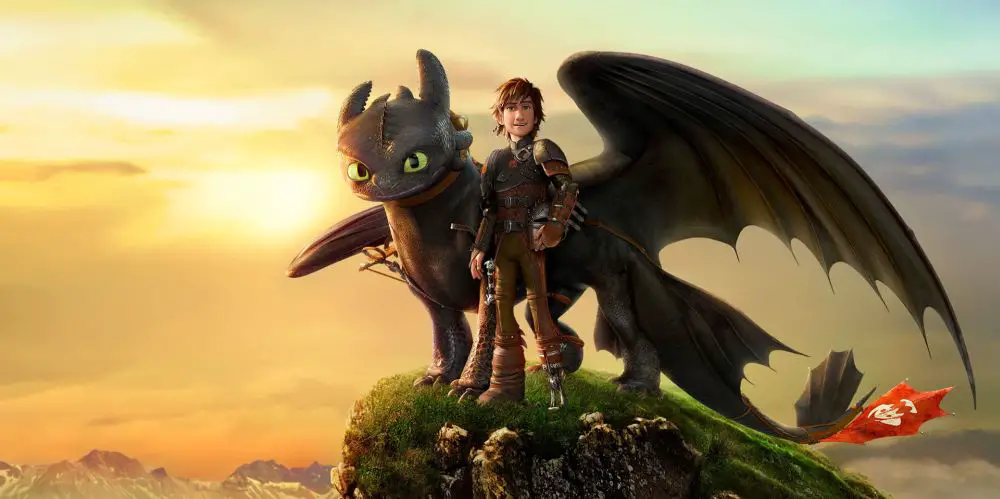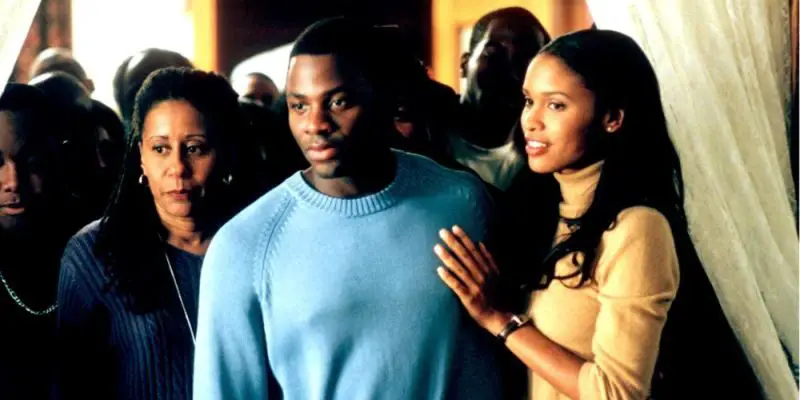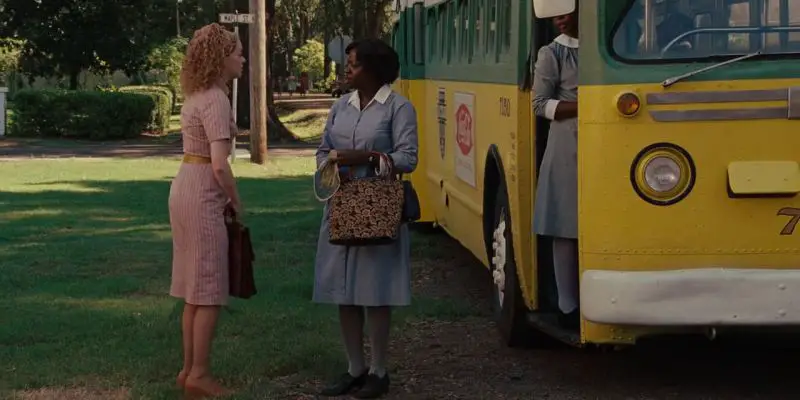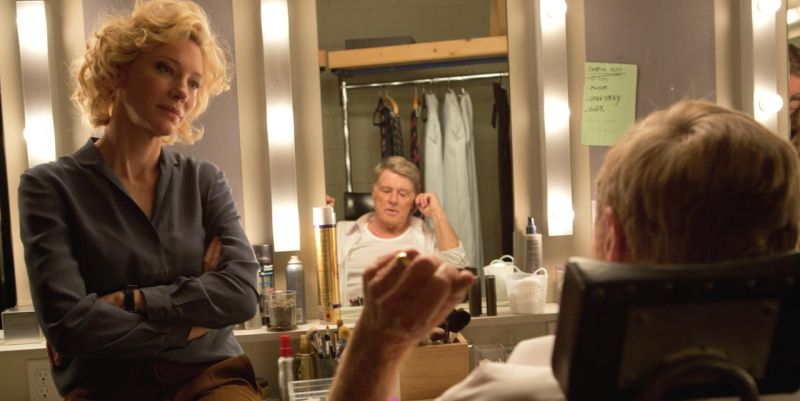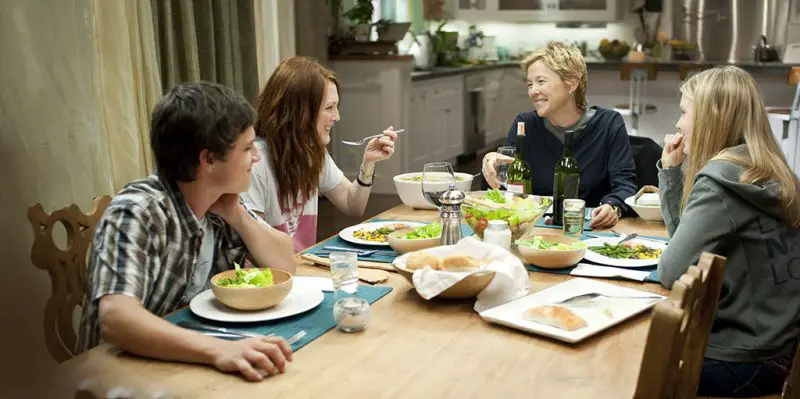discussion
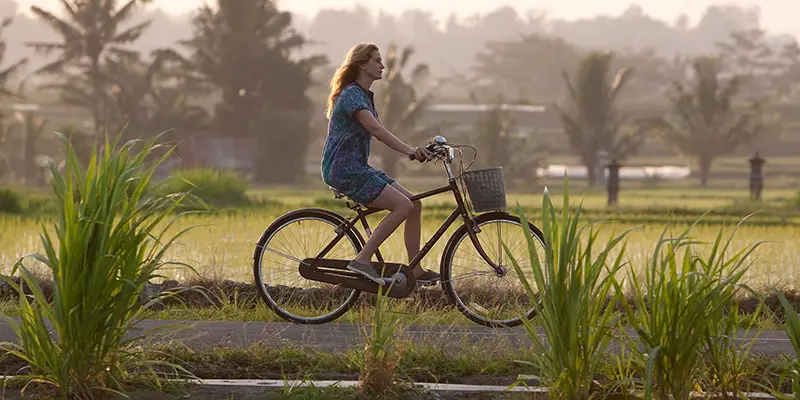
We have all watched a globetrotter movie at some point and thought “man, I want to do that!” Regardless of if you’re an avid adventurer or a couch potato, film can ignite that urge for discovery and make audiences want to grab life by the horns. Whilst most wanderlust movies satisfy a craving for exploration, I have realised that only a select few have the power to truly motivate viewers, making them want to escape their lives of comfort and luxury and replace it with blisters and exhaustion.
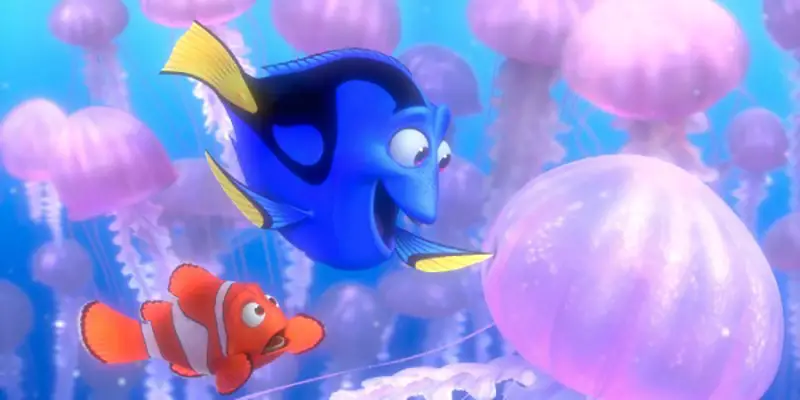
Let me know if you’ve heard this one. A man wakes up after an accident with no memory of who he is or where he’s been, and while incredibly disabling, his predicament leads him down a lengthy search to discover his past and identity. This and other uses of memory loss have been popular in film for generations.
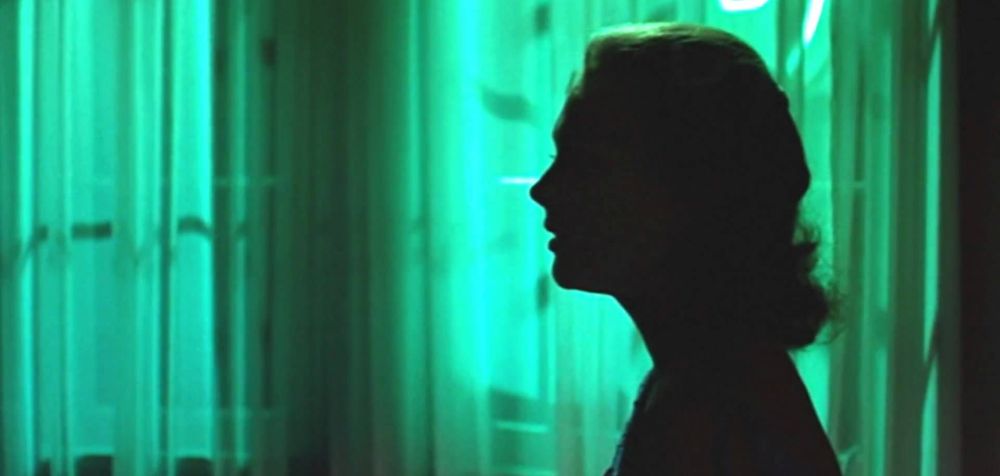
Sexism in film has been a topic of discussion since the rise of feminism, and in particular, since Laura Mulvey’s 1970’s research into ‘the male gaze’ in cinema. Fortunately, modern films are slowly but surely making a conscious effort to break down stereotypical gender roles and tired one-dimensional characters, but when it comes to the classics, many of the limited and restricted archetypes we try to move away from today are showcased in these films. This year, Alfred Hitchc*ck’s mystery thriller Vertigo was voted the greatest film of all time by a BFI poll.
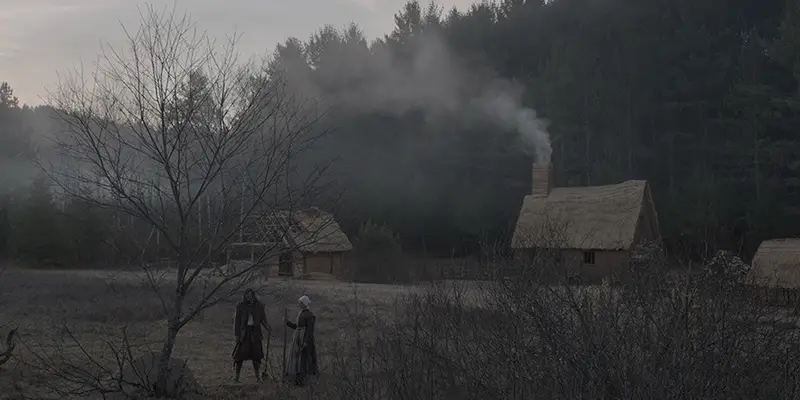
Set in 1630, Robert Eggers’ The Witch follows a family banished from a Puritan community and forced to live, isolated and penniless, in a remote woodlands shack. Soon, malevolent forces begin to molest the kids and infect the goat, and the family is engulfed in a maelstrom of religious hysteria and occultist magic. With its deeply unsettling atmosphere and frenzied performances, The Witch has (not undeservedly) become one of the most acclaimed horror films of the new millennium, with many critics praising its attention to detail and the slow-burning tension of its narrative (as well as its mascot:
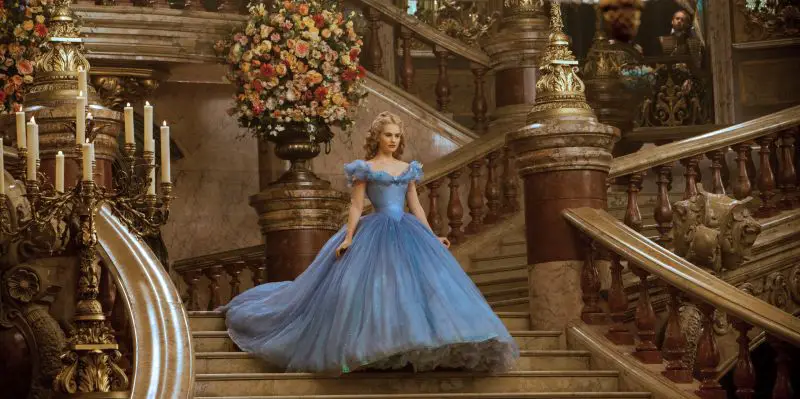
Concerning remakes in modern cinematic environments, there is a strong dominance during recent years involving large companies and production studios to provide audiences with an extensive range of remakes and indistinguishable plots and storylines with the twist of live action appearances. Speculations regarding Disney in particular are most prominent in terms of feature film announcements, with approximately 16 possible films arriving in the future that focus on existing narratives and characters. There are different approaches to this that Disney are experimenting on, from remaking the same story faithfully, adapting a different spin to the classics or even creating long awaited sequels – such as Mary Poppins Returns, set for release Dec 2018.
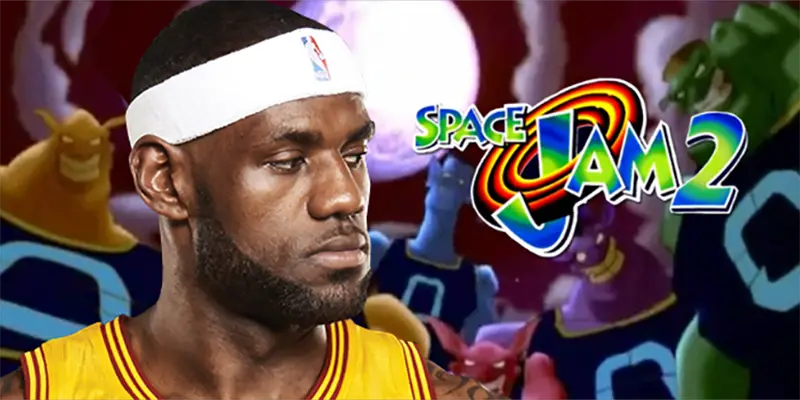
It’s Space Jam week! We currently live in an age where sequels are determined by the success of a film’s opening weekend, announced on the morning after a healthy weekend gross is reported. Heck, in some cases, films get sequels before they are even released to success in the first place; but for every Guardians of the Galaxy that would happily boast it would return, you have a Last Witch Hunter with a broken ego and a failed franchise.
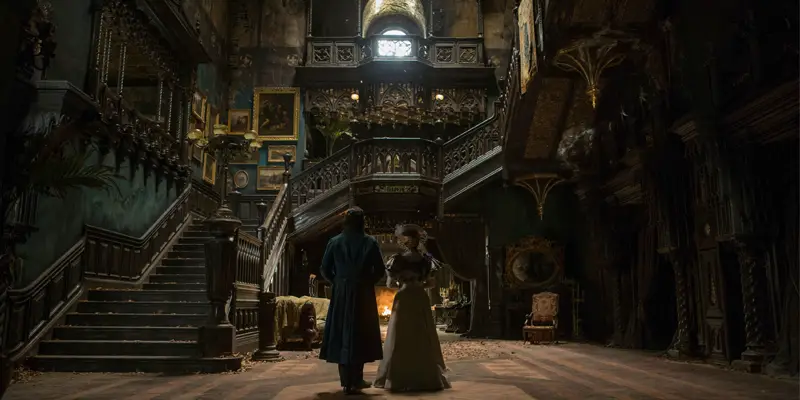
One annoying trend nowadays is for people to mix their genuine reactions to a film with the hype and varied opinions of others, judging it not on its content, but what you thought it was going to be. Quentin Tarantino flipped heads last year with The Hateful Eight, a considerably slower but angrier entry into his filmography, which caused anger amongst many filmgoers who were expecting another Spaghetti Western tribute that mixed modern music and quick-paced action. This highlights the problem with auteur theory and the reliance of marketing in the current movie climate, where many movie marketeers either must spoil an entire film within the trailer to gain the audience’s confidence to go see it or mismarket a film because they’re unsure on how to sell a unique/niche product to a broad audience.
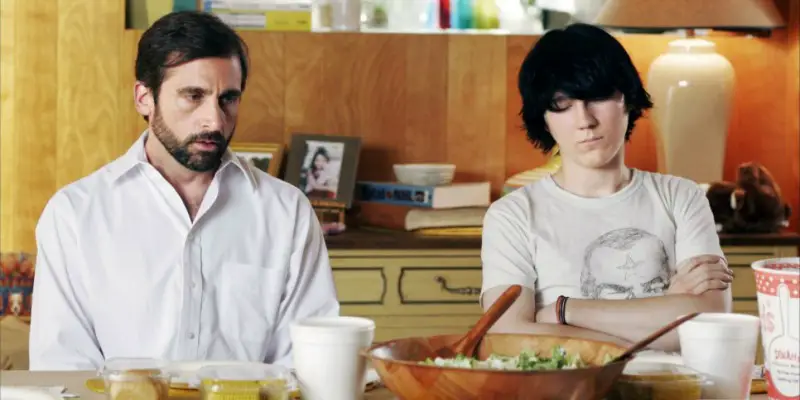
The subject of mental illness and disorders are interesting, educational, and sometimes sensitive topics in film. From watching movies like Girl, Interrupted, The Road Within and The Machinist, audiences learn a great deal about very real and problematic issues surrounding sufferers, however, can it be said that these representations are portrayed correctly? The film industry is guilty of depicting disorders such as hysteria as an illness that only women suffer from, and autism is far too often painted as a superpower, not to mention the unclear representation of schizophrenia, which causes audiences to confuse the illness with dissociative identity disorder.
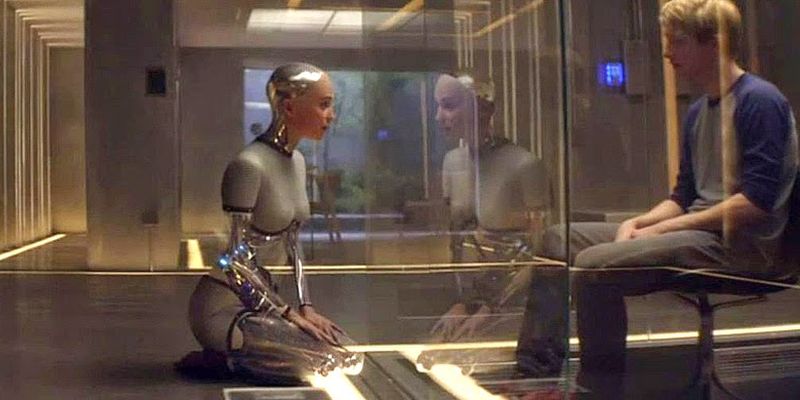
Whether we like it or not, technology is becoming a larger part of our everyday lives, from the cell phones we carry to the laptops we work on. However, this trend has been ever-present in film, as long as science fiction has been on screen. Technological advances generally start as a method to improve human life but as soon as we design technology with a consciousness, that is when all hell breaks loose.
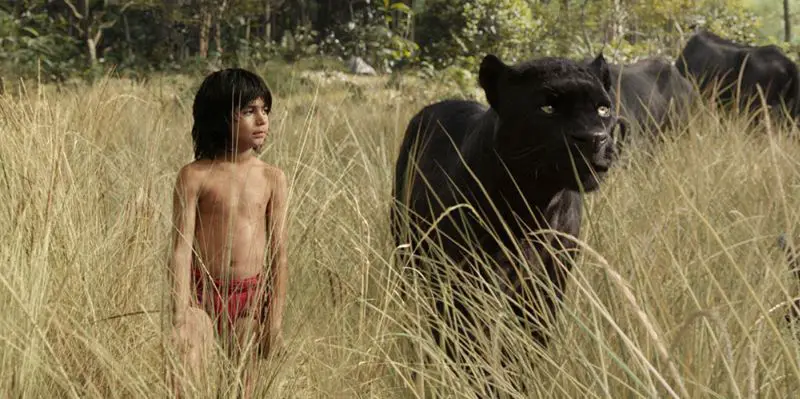
Filmgoers have always been captivated with man’s primal nature. From the silver screen adaptations of The Wolf Man to the mysterious Creature from the Black Lagoon, the primitive side of these movie monsters has contributed to horror genre’s A-team roster. Upon viewing their animalistic nature, our minds are suddenly given a glimpse into the missing link between man and beast.


